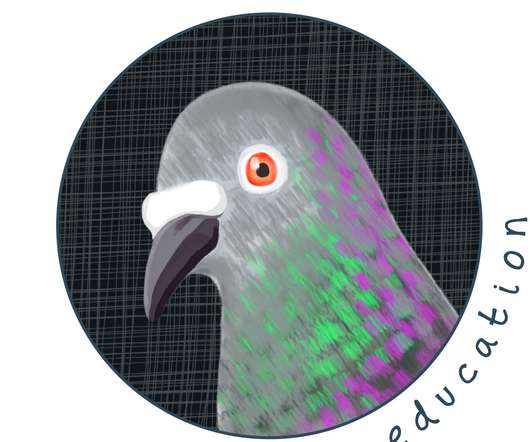MOOCs Find Their Audience: Professional Learners and Universities
Edsurge
JULY 6, 2017
In Oct 2011, a few Stanford professors offered three online courses which were completely free. The media started calling this space MOOCs or Massive Open Online Courses, a term coopted from a 2008 experiment. The narrative in early days of MOOC space was around disruption of universities.







































Let's personalize your content